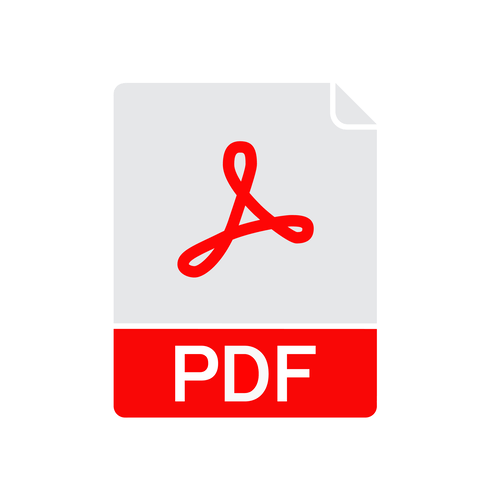
It is calculated by multiplying a fraction by the asset’s depreciable base in each year. The fraction uses the sum of all years’ digits as the denominator and starts with the largest digit in year 1 for the numerator. For example, a company that owns an asset with a useful life of five years will multiply the depreciable base by 5/15 in year 1, 4/15 in year 2, 3/15 in year 3, 2/15 in year 4, and 1/15 in year 5.
Example of the double declining balance method
Conversely, if the asset maintains its value better than expected, a switch to the straight-line method could be more appropriate in later years. Our Financial Close Software is designed to create detailed month-end close plans with specific close tasks that can be assigned to various balance sheet accounting professionals, reducing the month-end close time by 30%. The workspace is connected and allows users to assign and track tasks for each close task category for input, review, and approval with the stakeholders. It allows users to extract and ingest data automatically, and use formulas on the data to process and transform it.

Double Declining Balance Depreciation Calculator
It is particularly suitable for assets whose usage varies significantly from year to year. This approach ensures that depreciation expense is directly tied to an asset’s production or usage levels. This process continues for each subsequent year, recalculating the depreciation expense based on the declining book value. As the asset’s book value decreases, the double declining balance method depreciation expense also decreases.
- As an alternative to systematic allocation schemes, several declining balance methods for calculating depreciation expenses have been developed.
- A successful business needs an efficient financing process that meets its specific needs.
- While it may not reflect an asset’s actual condition as precisely, it is widely used for its simplicity and consistency.
- Double Declining Balance Depreciation is a way to calculate how much value an asset loses over time.
- DDB depreciation is less advantageous when a business owner wants to spread out the tax benefits of depreciation over a product’s useful life.
How to calculate DDB depreciation
This method is simpler and more conservative in its approach, as it does not account for the front-loaded wear and tear that some assets may experience. While it may not reflect an asset’s actual condition as precisely, it is widely used for its simplicity and consistency. Please note that the depreciation expense cannot exceed the asset’s book value or reduce it below the salvage value. Also, some jurisdictions may have specific rules or variations on how to apply the double declining balance method, so it’s always a good idea to consult applicable accounting standards or regulations.
However, it is crucial to note that tax regulations can vary from one jurisdiction to another. Therefore, businesses should verify the specific tax rules and regulations in their region and consult with tax experts to ensure compliance. Businesses choose to use the Double Declining Balance Method when Food Truck Accounting they want to accurately reflect the asset’s wear and tear pattern over time. So, in the first year, the company would record a depreciation expense of $4,000.
- In some cases, we earn commissions when sales are made through our referrals.
- This is the total amount of depreciation that needs to be expensed in equal amounts across its useful life.
- By the end of this guide, you’ll be equipped to make informed decisions about asset depreciation for your business.
- We handle the hard part of finding the right tax professional by matching you with a Pro who has the right experience to meet your unique needs and will handle filing taxes for you.
- The double declining balance method accelerates depreciation, resulting in higher expenses in the early years, while the straight line method spreads the expense evenly over the asset’s useful life.
- These tools can quickly adjust book values, generate detailed financial reports, and adapt to various depreciation methods as needed.
You’ll have to do more math, or get an accountant’s help
Our team is ready to learn about your business and guide you to the right solution. Someone on our team will connect you with a financial professional in our network holding the correct designation and expertise. This team of experts helps Finance Strategists maintain the highest level of accuracy and professionalism possible. At Finance Strategists, we partner with financial experts to ensure the accuracy of our financial content.

Is a form of accelerated depreciation in which first-year depreciation is twice the amount of straight-line depreciation when a zero terminal disposal price is assumed. Under the declining balance method, depreciation is charged on the book value of the asset and the amount of depreciation decreases every year. What it paid to acquire the asset — to some ultimate salvage value over a set period of years (considered the useful life of the asset). By reducing the value of that asset on the company’s books, a business can claim tax deductions each year for the presumed lost value of the asset over that year. We collaborate with business-to-business vendors, connecting them with potential buyers.


Finance Strategists has an advertising relationship with some of the companies included on this website. We may earn a commission when you click on a link or make a purchase through the links on our site. All of our content is based on objective analysis, and the opinions are our own. This is when that year’s depreciation is limited to the amount that will reduce the asset’s book value to its residual value. By contrast, the opposite is true when applying the straight-line method, the unit-of-production method, and the sum-of-the-years-digits method. Because the book value declines as the asset ages and the rate stays constant, the depreciation charge falls each year.
